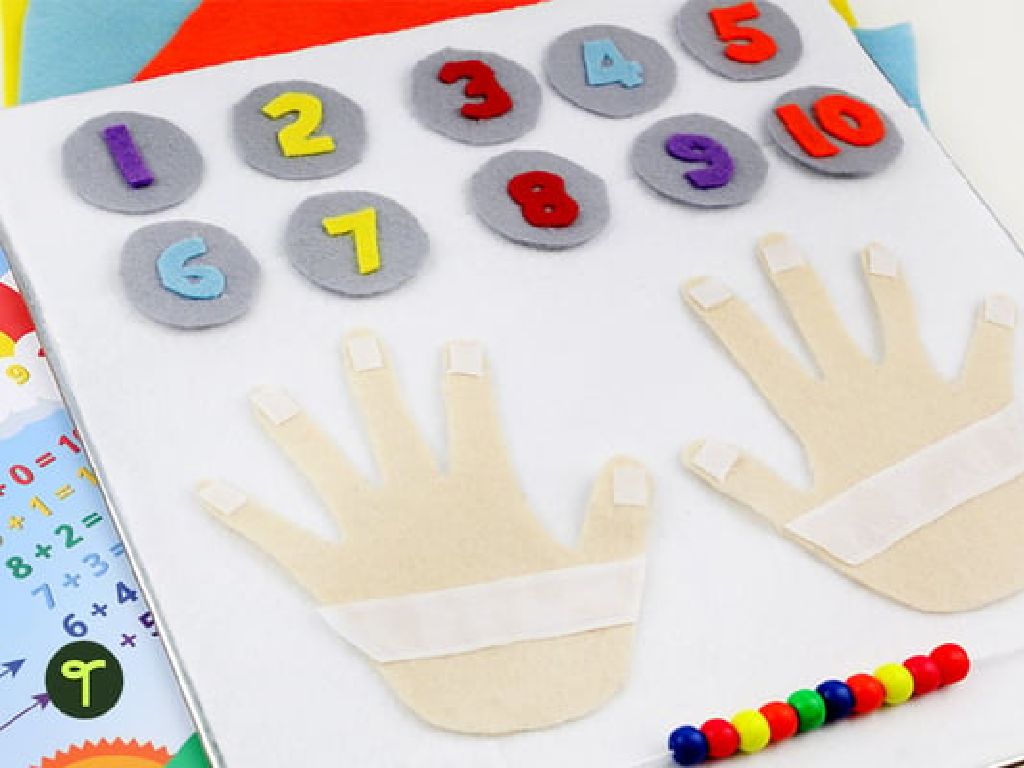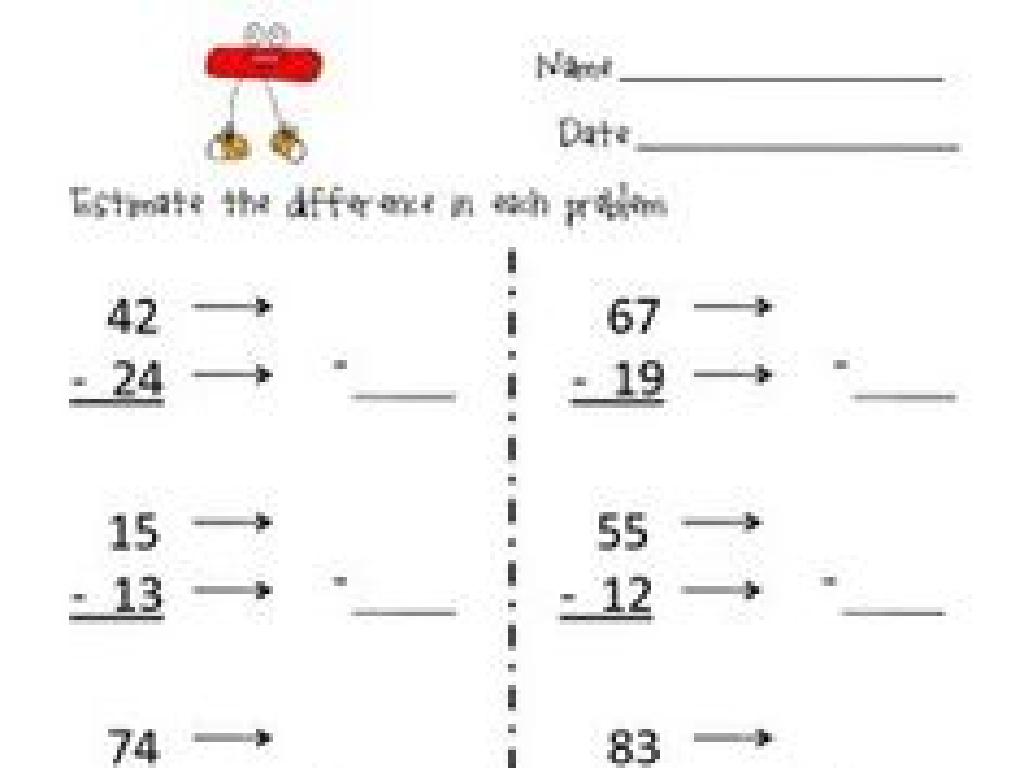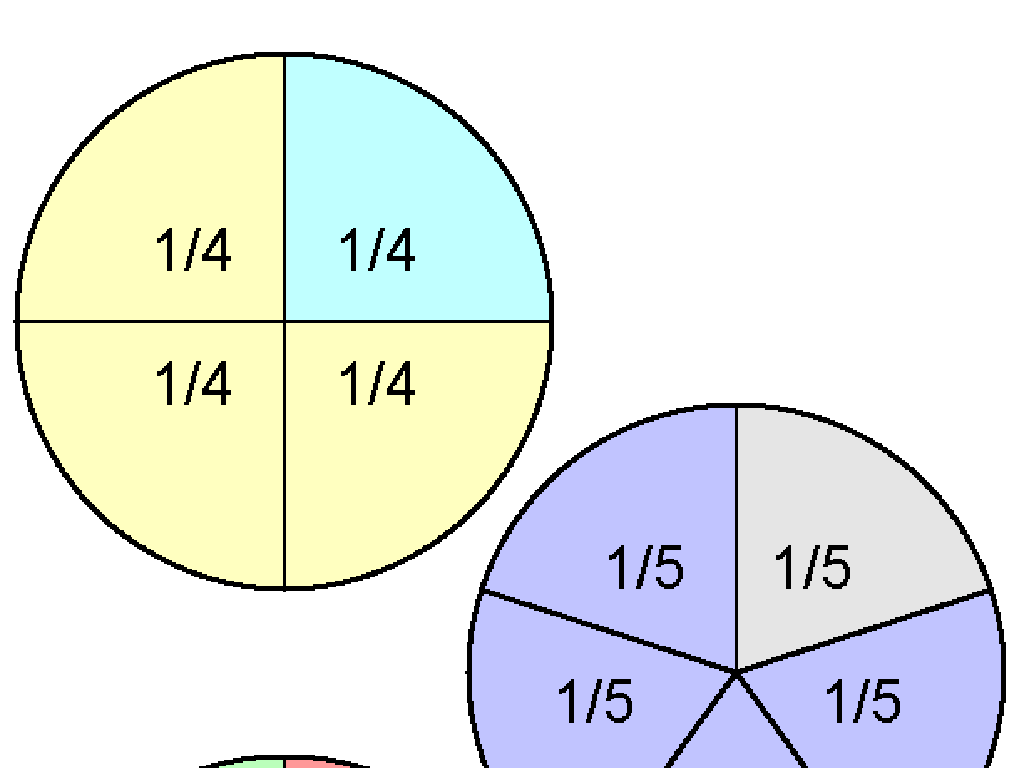Choose Customary Units Of Volume
Subject: Science
Grade: Fifth grade
Topic: Units And Measurement
Please LOG IN to download the presentation. Access is available to registered users only.
View More Content
Understanding Customary Units of Volume
– What are units of measurement?
– Reasons we measure objects
– To compare, cook, or build, we need accurate measurements.
– Exploring the concept of volume
– Volume measures how much space an object takes up.
– Customary units for volume
– Examples: teaspoons, cups, pints, quarts, and gallons.
|
This slide introduces students to the concept of measurement and specifically focuses on volume within the customary system used in the United States. Begin by discussing what units of measurement are and why they are important in everyday life, such as for cooking or building. Explain that volume is a measure of the space an object occupies, and it’s important in determining how much liquid or how many small items can fit inside a container. Introduce the customary units of volume like teaspoons, cups, pints, quarts, and gallons, and provide examples of when each might be used. Encourage students to think of situations where they have used these units in real life.
Understanding Volume in Everyday Life
– What is volume?
– It’s the space an object occupies.
– Volume in daily life
– Milk in a jug, water in a pool.
– Common volume units
– Cups, pints, quarts, gallons.
– Comparing volume units
– How many cups are in a pint?
|
Volume is a fundamental concept in science, representing the three-dimensional space occupied by a substance or object. Use relatable examples like the amount of milk in a jug or the water in a swimming pool to illustrate the concept. Introduce the customary units of volume such as cups, pints, quarts, and gallons, which are commonly used in the United States for cooking and liquid measurements. Engage students by comparing different units, for example, asking how many cups are in a pint or how many pints in a gallon, to help them understand the relationship between these units. This slide aims to build a practical understanding of volume and its measurement in everyday life.
Understanding Customary Units of Volume
– Common volume units: cups, pints, quarts, gallons
– Conversion: cups in a pint, pints in a quart
– 2 cups in a pint, 2 pints in a quart
– Visual examples of volume units
– Use measuring cups to show how units fill each other
– Practice with real-life objects
– Bring items like milk jugs to class for hands-on learning
|
This slide introduces students to the customary units of volume used in the United States, such as cups, pints, quarts, and gallons. Emphasize the hierarchical relationship between the units and provide conversion rates, such as 2 cups in a pint and 2 pints in a quart. Use visual aids like measuring cups or containers filled with colored water to demonstrate how these units fit into one another. Encourage students to bring in everyday items like a milk jug or a soda can to help them visualize and understand these concepts in a tangible way. The goal is to make the abstract concept of volume measurement more concrete through relatable examples and interactive activities.
Choosing Customary Units of Volume
– Understanding volume units
– Volume measures how much space an object takes up.
– Matching units with everyday items
– Milk: pints or quarts; Gasoline: gallons; Pool water: gallons or cubic feet.
– Estimation tips for volume
– Compare with known objects; Use unit conversion.
– Practice with real examples
– How many quarts are in a gallon? How might you estimate the volume of a juice box?
|
This slide aims to help students understand when to use different customary units of volume such as teaspoons, tablespoons, fluid ounces, cups, pints, quarts, and gallons. Provide examples of everyday items and which unit would be most appropriate for measuring their volume. For instance, milk is often measured in pints or quarts, while gasoline is measured in gallons. A swimming pool’s volume could be measured in gallons or cubic feet. Offer tips for estimating volume, such as visualizing the item in comparison to a known object or using simple unit conversions to make estimations easier. Encourage students to practice with real-life examples and to ask questions about how to choose the right unit for different scenarios.
Let’s Practice: Volume Estimation & Measurement
– Estimate volumes of items
– Measure with appropriate units
– Use teaspoons, cups, pints, quarts, or gallons
– Group activity: measure classroom items
– Work together to find the volume of various objects
– Discuss and reflect on unit choices
– Why did we choose these units for each item?
|
This slide introduces a hands-on class activity focused on estimating and measuring volume, which will help students understand the practical application of volume units. Break the class into small groups and provide a variety of items to measure, such as a water bottle, a glue stick, and a backpack. Provide tools like measuring cups and graduated cylinders. After the activity, lead a discussion where each group shares their findings and reflects on why certain units were more appropriate for different items. This will reinforce their understanding of volume and the customary units used to measure it. Possible activities could include measuring liquid in a bottle, the volume of a pencil box, or the capacity of a lunch bag. Encourage students to think critically about the most suitable unit of measurement for each item.
Volume Conversion: Customary Units
– Converting volume units
– Learn to switch between cups, pints, quarts, and gallons.
– Practice with cups, quarts, gallons
– Example: 4 cups = 1 quart. How many quarts are 12 cups?
– Tips for easy conversion
– Use memory aids like ‘Gallon Man’ or ‘Big G’ to remember conversions.
– Understand conversion factors
– Conversion factors are like recipes for making new amounts.
|
This slide aims to teach students how to convert between different customary units of volume such as cups, pints, quarts, and gallons. Start by explaining the concept of volume and its measurement in customary units. Introduce conversion factors and demonstrate how to use them with practice problems. Share helpful tricks like visual aids or mnemonics to make remembering conversions easier. For example, the ‘Gallon Man’ is a drawing that represents gallons, quarts, pints, and cups to visualize the relationships between them. Encourage students to solve problems by applying conversion factors and checking their work with these tricks. Provide several examples and practice problems to ensure understanding.
Real-World Applications of Volume
– Importance of correct volume units
– Ensures accuracy in recipes, science experiments, etc.
– Volume in professional settings
– Chefs, scientists, and carpenters use volume daily.
– Activity: Recipe volume calculation
– Use a recipe to practice measuring different volumes.
|
Understanding the correct units of volume is crucial for accuracy in various real-world scenarios, such as cooking, where the taste of a dish can be affected by incorrect measurements. Professionals like chefs, scientists, and carpenters rely on precise volume measurements for success in their work. For the class activity, provide a simple recipe and have students calculate the volume of each ingredient needed. This will help them understand the practical use of volume in everyday life. Offer different recipes to cater to varied student interests and dietary restrictions. Encourage students to discuss how the outcome might change if the wrong volume unit is used.
Class Activity: Volume Scavenger Hunt
– Find classroom items holding liquid
– Estimate their volume and choose units
– Is it best measured in teaspoons, cups, pints, quarts, or gallons?
– Measure and record actual volume
– Use beakers, measuring cups, or graduated cylinders
– Discuss findings with the class
|
This interactive activity is designed to help students understand the concept of volume and its measurement in a practical setting. Students will search for various containers around the classroom that could hold liquids. They will then make an educated guess about the volume of each item and decide whether to measure in teaspoons, cups, pints, quarts, or gallons. After estimating, they should use appropriate measuring tools to find the actual volume. Once completed, students will share their results and discuss any differences between their estimates and actual measurements. This will help them grasp the size of different units of volume and the importance of accurate measurement. For the teacher: Prepare a variety of measuring tools and ensure there are enough items for students to measure. Consider grouping students and assigning different units to each group for a broader learning experience.
Conclusion: Customary Units of Volume
– Recap customary volume units
– Cups, pints, quarts, gallons
– Importance of accurate measurement
– Accurate measurements are crucial in recipes, science experiments, and more.
– Engage in Q&A session
– Review key concepts learned
– Reinforce understanding of volume units and their applications.
|
As we wrap up today’s lesson on customary units of volume, it’s important to revisit the units we’ve learned: cups, pints, quarts, and gallons. Understanding these units is essential for accuracy in everyday tasks such as cooking and scientific measurements. Encourage students to ask questions during the Q&A session to clear up any confusion. Use this opportunity to assess their comprehension and correct any misconceptions. Finally, summarize the key points to ensure that students are comfortable with when and how to use each unit of volume in real-life situations.
Volume Homework: Exploring Everyday Measurements
– Complete the volume conversion worksheet
– List household items and their volumes
– Measure items like a milk jug or a soda can
– Research a profession’s use of volume
– How do chefs, pharmacists, or builders use volume?
– Prepare a presentation on your findings
|
This homework assignment is designed to reinforce the students’ understanding of volume and its practical applications. The worksheet will provide practice with converting between different units of volume. Encouraging students to measure household items will help them relate the concept of volume to their everyday lives. Additionally, researching how various professions use volume measurements will demonstrate the real-world relevance of this concept. For the presentation, students should focus on explaining the importance of accurate volume measurement in the chosen profession and how it affects the work done. This activity will also enhance their research and public speaking skills.






